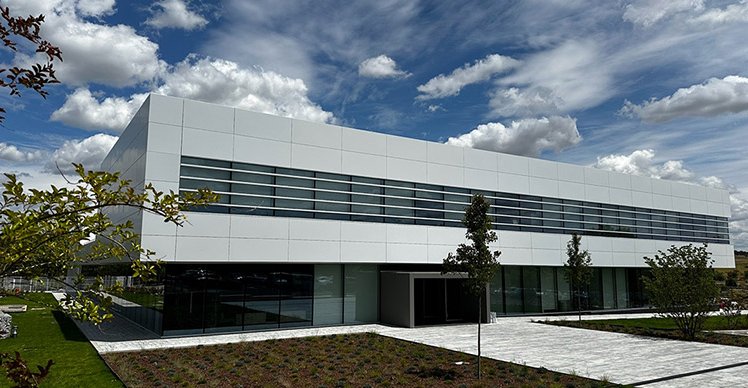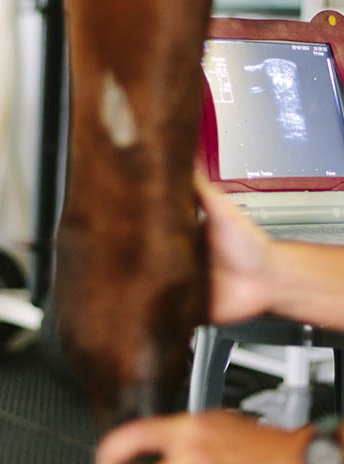The ‘Learning by doing’ methodology is one of the hallmarks of Universidad Europea, as well as introducing students to the professional environment, so the Veterinary Hospital plays a key role in training students for professional clinical practice.
It is equipped with state-of-the-art technology - it is the first university hospital to use high-field MRI - and spaces that make it a leading hospital in the field of veterinary care for small animals. It is a cat-friendly hospital suitable for exotic and large animals and care has been taken to adapt spaces so that they can be better used for teaching, with observation rooms built into consultation rooms and operating theatres, and for talking to and supporting owners, with the bereavement room and program. It will also have the help of the professional laboratories run by the Center for Applied Animal Research when making diagnoses, which are located on the top floor of the hospital building and cover all clinical needs.
Patients will have access to specialists and diagnostic tests from all specialist veterinary fields, accompanied by students who enjoy the hands-on professional experience.
The Veterinary Hospital facilities allow students to do practical training in a real environment, taught by the best professionals while they work, 24 hours a day, 365 days a year. The facility was built with good clinical practice, animal welfare and the ability to manage the quality of veterinary services in mind. This is what makes our hospital the leader in Emergency and Hospitalization Services, as well as able to cover the main specialist veterinary fields: general medicine, hospitalization and ICU, general surgery, traumatology, odontology, reproduction, neurology, dermatology, cardiology, internal medicine, ophthalmology, oncology, urology, physiotherapy and clinical and image-based diagnosis.
The Veterinary Hospital facilities enable students to carry out clinical internships in all subjects related to this specialist clinical field, either in the professional rotation program or in specific subjects related to small animals, exotic animals and horses, without forgetting subjects as specialist as Emergency and Hospitalization Services, Physiotherapy, Business Management or Advanced Image-based Diagnosis using endoscopy, ultrasound, radiology, CAT or MRI scans, among others. Furthermore, the laboratories at the Applied Animal Research Center can be used for professional internships, both in the professional rotation program and in subjects related to Veterinary Research and Clinical Diagnosis.
The Veterinary Hospital is around 3,000 m2 in size, split into a clinical floor and a diagnosis support floor, belonging to the Center for Applied Animal Research.

